Study the ray diagram given below and answer the following questions:
(i) State the type of lens used in the figure.
(ii) List two properties of the image formed.
(iii) In which position of the object will the magnification be – 1 ?
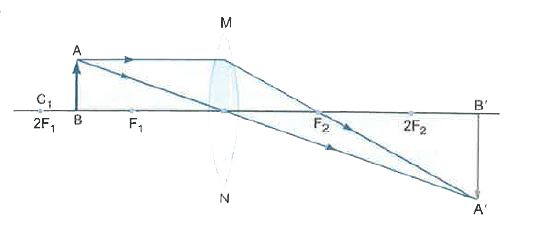
(i) Convex lens.
(ii) Real, inverted, enlarged. (any two)
(iii) When object is at 2F.
Topper's Solved these Questions
- BOOK - VK GLOBAL PUBLICATIONCHAPTER - PRACTICAL BASED QUESTIONSEXERCISE - Experiment 154videos
PRACTICAL BASED QUESTIONS
- BOOK - VK GLOBAL PUBLICATIONCHAPTER - PRACTICAL BASED QUESTIONSEXERCISE - Experiment 134videos
PRACTICAL BASED QUESTIONS
- BOOK - VK GLOBAL PUBLICATIONCHAPTER - MANAGEMENT OF NATURAL RESOURCESEXERCISE - HOTS (Higher Order Thinking Skills)7videos
MANAGEMENT OF NATURAL RESOURCES
- BOOK - VK GLOBAL PUBLICATIONCHAPTER - SOURCES OF ENERGY EXERCISE - SHORT ANSWER QUESTIONS - II16videos
SOURCES OF ENERGY
Similar Questions
Study the ray diagram given below and answer the following questions:
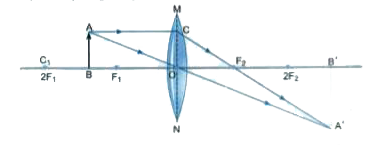
(i) State the type of lens used in the figure.
(ii) List two properties of the image formed .
(iii) In which position of the object will be magnification be -1 ?View SolutionStudy the diagram given below and answer the following questions.
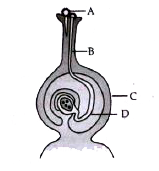 View Solution
View Solution
Knowledge Check
- Question 1 - Select One
Study the given diagram and answer the question given below:
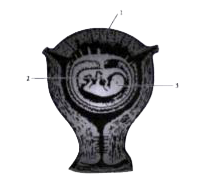
During embryonic development which of the following is formed first?AHeartBBrainCSkinDNeural tube
Study the diagram given below and then answer the questions that follow:
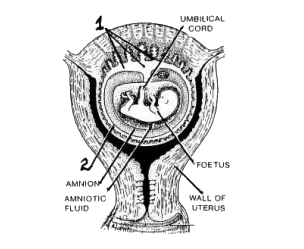
State any two functions of the amniotic fluid.View SolutionStudy the diagram given below and answer the questions that follow :
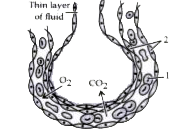
Name the structure given in the diagram. State in which part of the body it is present.View SolutionStudy the diagram given below and answer the questions that follow:
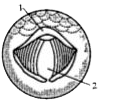
Name the structure shown in the diagram. State in which part of the body it is present.View SolutionStudy the diagram given below and answer the questions which follow. The diagram is depicting a defect of the human eye.

Name the type of lens used to correct short sightedness.View SolutionStudy the diagram given below and then answer the questions that follow :
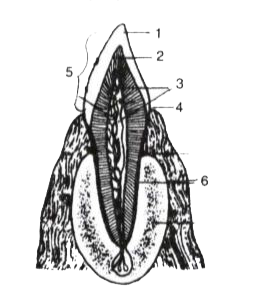
Give the total number of the type of tooth mentioned in '1' above in an adult and state its function.View SolutionList two properties of the images formed by convex mirrors. Draw ray diagram in support of your answer.
View SolutionThe diagram given below shows an object O and its image I
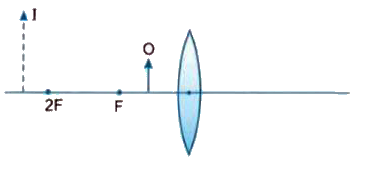
Without actually drawing the ray diagram, state the following:
(i) Type of lens (Converging/Diverging).
(ii) Name two optical instruments where such an image is obtained.
(iii) List three characteristics of the image formed if this lens is replaced by a concave mirror of focal length .f. and an object is placed at a distance .f/2. in front of the mirror.View Solution

